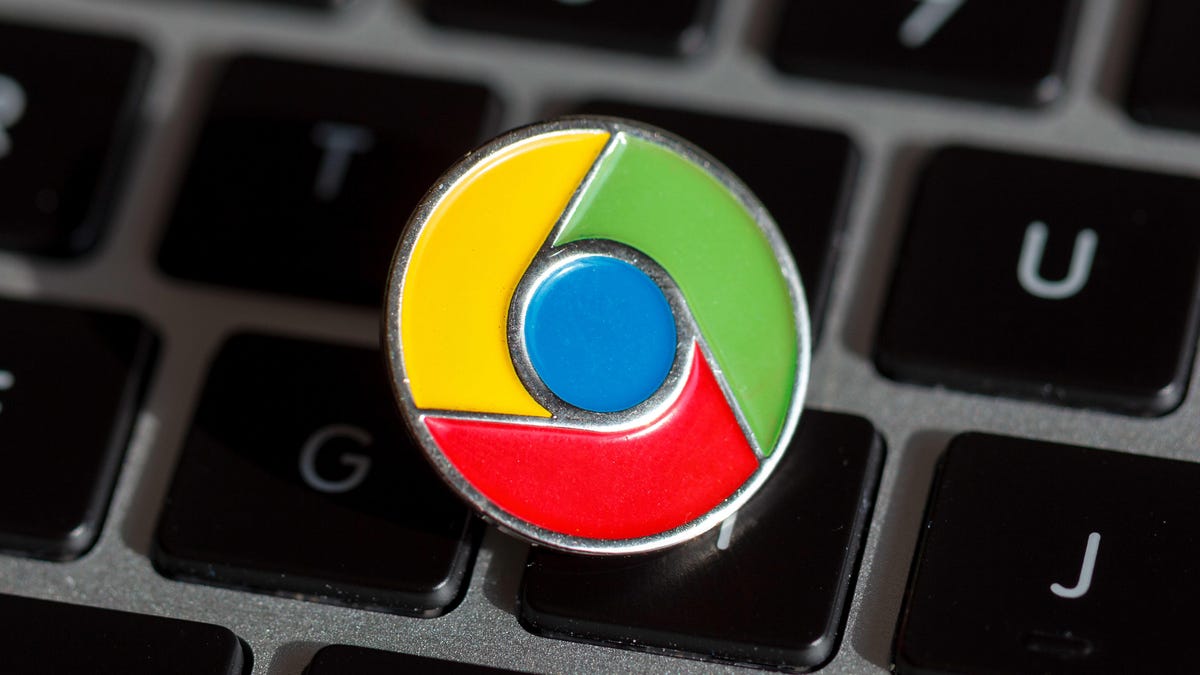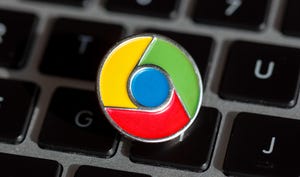
Much of the AI technology we use today runs in hulking data centers operated by cloud computing giants like Amazon, Microsoft and Google. But with a technology called WebGPU that Google is now building into its Chrome browser, web apps can take advantage of AI processing more directly.
Google announced the WebGPU adoption at its Google I/O conference Wednesday. With WebGPU, web apps on phones or laptops can better tap into the kinds of artificial intelligence software that’s sweeping everything from creative tools to health apps.
“WebGPU makes the web AI-ready,” said Matt Waddell, who leads Chrome’s developer and consumer focused work, in an exclusive interview ahead of the conference. At Google I/O, the company plans to demonstrate a web app running Stability AI’s Stable Diffusion software for turning text prompts into images, he said.
The move reflects the growing pervasiveness of AI technology that’s been used behind the scenes for years but that’s become much more prominent with new generative AI tools like OpenAI’s ChatGPT, Microsoft’s Bing, Google’s Bard and Adobe’s Firefly. Google — caught flat-footed by ChatGPT despite CEO Sundar Pichai declaring Google an AI-first company in 2016 — is racing to capitalize on the excitement.
Although phone and laptop hardware is much less powerful than data center server hardware, being able to run AI locally on a device sidesteps network problems and can help you control your data. That could be useful for businesses with sensitive data or health apps whose results you want to keep private, Waddell said.
WebGPU’s origins date back years to projects at Google, Apple and others that brought a video game hardware revolution to the web. That let web apps tap into the raw power of graphics processing units, or GPUs, that previously only graphics-heavy video games might use. The computing industry discovered those GPUs are pretty good at accelerating AI, too.
AI software also can run in apps running natively on a device, as indeed they do with software like Adobe’s Lightroom and Photoshop image editing apps. But speeding up AI in web apps means developers have a better chance at taking advantage of the universality of the web platform.
“We think about a more capable and powerful web platform all the time,” Waddell said.
Less browser compatibility hassle
The web’s universality has come with problems, though, including fragmented efforts to add new browser abilities programmers can use. That undermines the ease of developing a website or web app that’ll work the same on many devices without complicated workarounds.
But also at Google I/O, the company announced a partnership with Mozilla’s Firefox, Apple’s Safari and Microsoft’s Edge to detail a new effort called Baseline to flag the web features developers can rely on all browsers supporting, Waddell said.
Baseline 2024 should arrive at the end of this year and then be continuously updated as new compatible features arrive.
Moving Android apps to the web faster
Another programming change emerging at Google I/O is expanded web technology called WebAssembly — Wasm for short — that promises to speed up web apps. Wasm lets programmers translate native software to run within web browsers, powering the web version of Adobe Photoshop and Autodesk’s AutoCAD design software.
At Google I/O, the company plans to announce developers can now convert apps written in the Kotlin language to Wasm. Since Kotlin is the most widely used language to write Android apps, that could help Android developers reach new users on other platforms more easily.
Editors’ note: CNET is using an AI engine to create some personal finance explainers that are edited and fact-checked by our editors. For more, see this post.

